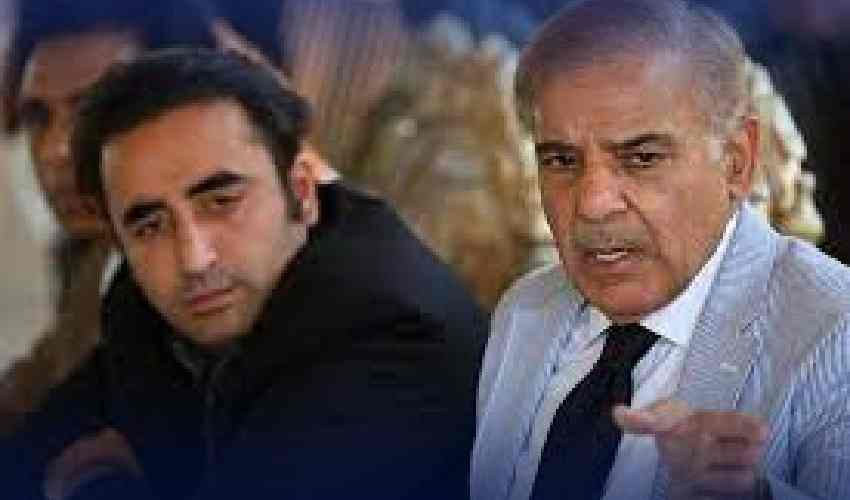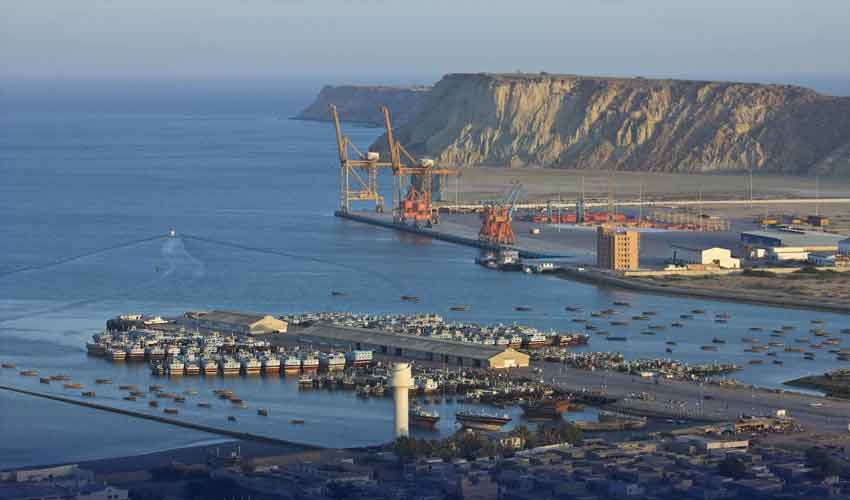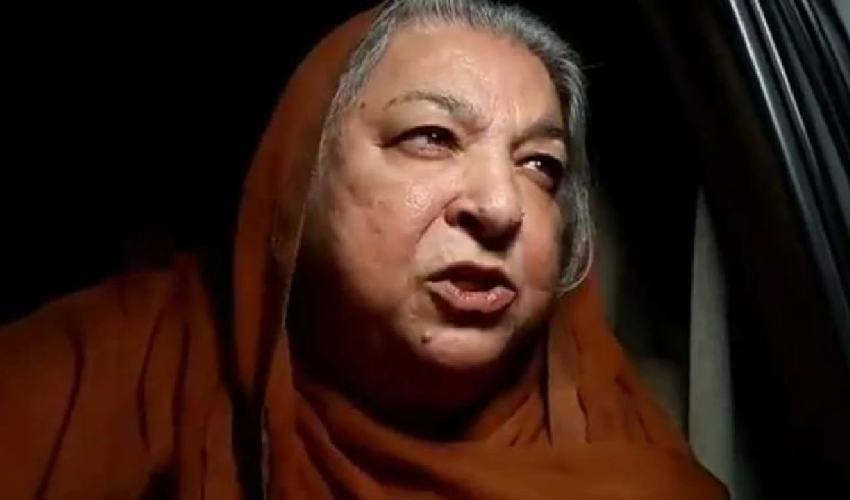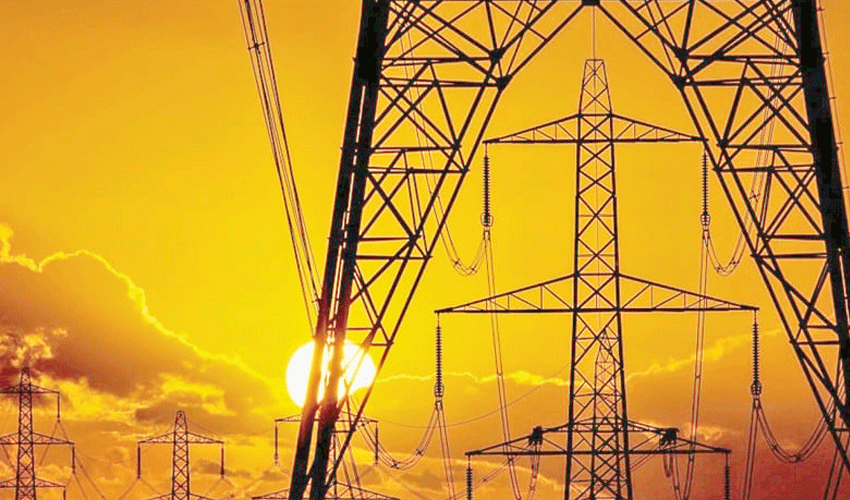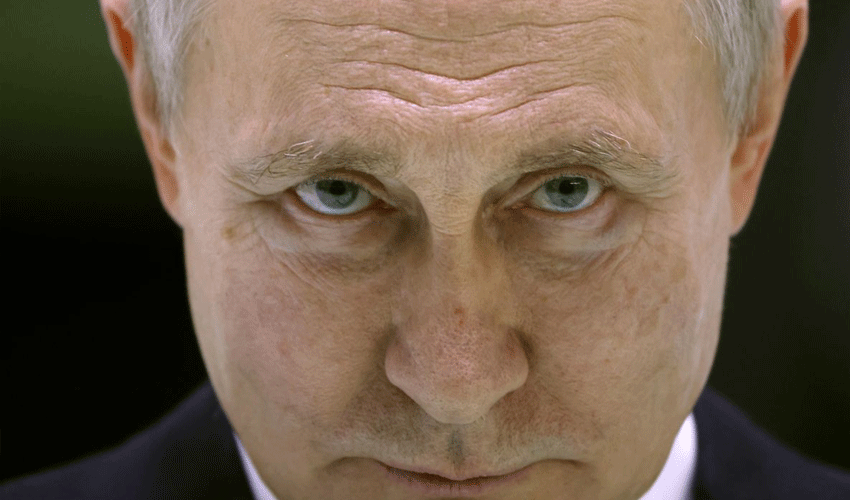International rating agency Moody's released a report on Pakistan's economy and termed Pakistan's outlook is stable but the long-term CAA-3 rating remains ‘intact’.
The report states that Pakistan is facing very high financial needs but its foreign exchange reserves are ‘insufficient’.
“Pakistan's economy faces very high financial risks in the short to medium term. Political risks are also high with the highly contested general election on February 8,” Moody's said.
Moody's rating agency is also worried about the new government's speedy negotiations with the IMF for a new loan program. “There is a fear that the electoral mandate required by the coalition government for the difficult reforms will not be strong enough. It will be difficult to get loans from other countries and institutions until the IMF's new loan program,” Moody's said in a report issued on Wednesday.
“Pakistan's rating may improve if financial and external risks decrease. Pakistan must improve foreign exchange reserves and revenue,” Moody's reports.
Moody's said that Pakistan's rating may be downgraded in case of debt default.
Moody’s Investors Service has left Pakistan’s long-term issuer rating unchanged at ‘Caa3’, suggested the country is facing high credit risk amid doubts arise over the new government’s ability to swiftly negotiate a new International Monetary Fund (IMF) loan programme after the current one expires in April 2024.
“The global rating agency maintained a ‘stable outlook’ on the credit rating,” Moody’s added.
Moody’s warned that it remains highly uncertain whether the newly elected government of Pakistan would be able “to quickly negotiate a new IMF programme soon after the ongoing programme expires in April.”
The agency has cast doubt over the new government’s ability in the wake of the likely formation of a weak government at the centre in the coming days. February 8’s inconclusive election results suggest a hung parliament is in the making in the country.
Moody’s found the elections “highly controversial.”
“While Pakistan is likely to meet its external debt obligations for the fiscal year ending June 2024, there is limited visibility regarding the sovereign’s sources of financing to meet its very high external financing needs after the current IMF Stand-By Arrangement ends in April 2024.
“The large amount of external financing required over the medium term, combined with Pakistan’s very low reserves position, imply material default risks if there are delays in funding from the IMF and other partners. Social pressures and weaknesses in governance may also raise challenges in meeting criteria for future IMF funding,” it said.
“Continued IMF engagement, including beyond the current programme, would help support additional financing from other multilateral and bilateral partners, which could reduce default risk if this is achieved urgently and without further raising social pressures,” said Moody’s.
The agency said it would consider upgrading the country’s credit rating once it acquires the required external financing in the near future.
“This could come with a sustainable increase in foreign exchange reserves. A resumption of fiscal consolidation, including through implementing revenue-raising measures, pointing to a meaningful improvement in debt affordability would also be credit positive,” it said.
The rating would likely be downgraded “if Pakistan were to default on its debt obligations to private-sector creditors and the expected losses to creditors as a result of any restructuring were larger than consistent with a Caa3 rating.”
“There is high uncertainty around the newly elected government’s willingness and ability to quickly negotiate a new IMF programme soon after the current one expires in April,” as it believes the Pakistan Muslim League-Nawaz (PML-N) and Pakistan Peoples’ Party (PPP) would form a coalition government in the centre.
“The forthcoming coalition government’s electoral mandate may not be sufficiently strong to pursue difficult reforms that will likely be required by a successor programme. Until a new programme is agreed to, Pakistan’s ability to secure loans from other bilateral and multilateral partners will be severely constrained,” it said.
According to the global media outlet Bloomberg, Bank of America (BofA) raised its recommendation for Pakistan dollar bonds to overweight from marketweight, citing falling political uncertainty after the elections and possible rating improvements.
“We upgrade Pakistan to overweight from marketweight with a fair value range of $70-75 in the longer end of the curve,” strategists led by Vladimir Osakovskiy wrote in a note.
“The election-related political uncertainty is falling, as remaining policy risks are largely the same as last year and have already been addressed once through the breakthrough with the IMF. We initiate a trade buy Pakistan notes due in 2026 with a target of 83 stop loss of 69.”
“The likely repayment of $1 billion ‘24s maturing in April will likely provide support to the whole curve, but mainly bring 25’ – 26’ into the spotlight of market attention, likely forcing further bull-steepening.”
“The longer end may benefit from likely progress with the new IMF programme, as the market may start to price in gradual rating improvements, as already hinted at by S&P. We note remaining political tail risks as the market may closely monitor cabinet appointments, evaluating key members on their ability to deliver on IMF conditions,” wrote the bank.





